Mob Museum Spotlights 90 Years of Legal Gambling in Nevada
Posted on: March 7, 2021, 03:47h.
Last updated on: March 7, 2021, 04:18h.
The Mob Museum in Las Vegas is celebrating 90 years of legal gambling in the Silver State with a two-part speaker series on the mobsters and others who built the casino industry.

“Wide Open: 90 Years of Legal Gambling in Nevada” begins March 11 at 7 pm in the museum’s historic courtroom. The first night’s speakers are Geoff Schumacher, the museum’s vice president of exhibits and programs, and UNLV associate history professor Michael Green.
The second event is March 25, featuring author David G. Schwartz, a professor and vice provost for faculty affairs at UNLV, and former MGM Resorts executive Alan Feldman. Feldman also is distinguished fellow in responsible gaming at UNLV’s International Gaming Institute.
The March 11 event will “chart the gambling industry’s rise from legalization in 1931 through the Mob-controlled golden age of the 1950s,” according to the museum website.
The second portion will examine the industry’s growth from the 1960s through the megaresort era that hit its stride in the 1990s.
Tickets for both events are sold out. However, viewers can watch a free livestream on the museum website, themobmuseum.org.
Wide-Open Gambling
In 1909, the state banned almost all games of chance, according to the Nevada Resort Association website. The association is the gaming industry’s lobbying arm.
Within a few years, gaming laws were “relaxed,” allowing for nickle-in-the-slot machines that paid in drinks, cigars, and amounts of money under $2.
By 1919, all cities and counties throughout the state were licensing card rooms that permitted social games such as bridge and whist,” the association’s website notes.
With the Great Depression underway, wide-open gambling became legal in Nevada on March 19, 1931, when Gov. Fred Balzar (R) signed Assembly Bill 98 into law.
The event did not attract much attention, even from the Las Vegas Review-Journal newspaper, Green says on the Mob Museum’s Instagram page.
“It probably tells you everything you need to know that that afternoon the lead story in the Review-Journal was about the new hospital at Eighth and Ogden,” he says. “Las Vegans didn’t think this was going to change the world. It turned out it did.”
Mobsters in Las Vegas
Over time, legal casinos opened downtown near the train station and began to pop up on the desert highway toward Los Angeles. That highway now is known as the Las Vegas Strip.
Between 1941 and 1958, the highway became home to 13 resort hotels, according to author Larry Gragg. He also is a history professor at Missouri University of Science and Technology.
The early casinos on the highway during this era reflected a Western frontier theme. When the Flamingo opened in December 1946, a “dramatic shift” in design and marketing took place, Gragg says on the museum’s Instagram page.
“The shift here has to do with the effort to creating affordable luxury for tourists,” he says. “What they meant by that was if you come to Las Vegas, you will have all the amenities of a resort hotel. You’ll have beautiful rooms, fine dining, a nicely landscaped property, in addition to an array of table games and slot machines, with the additional advantage of having big-name entertainment in showrooms.”
The Flamingo was opened by gangster Benjamin “Bugsy” Siegel, who earlier was part owner with other mobsters of the El Cortez hotel-casino in downtown Las Vegas.
Over the years, Mafia infiltration into Las Vegas led to federal investigations and courtroom convictions. This era is portrayed in the 1995 Las Vegas Mafia movie Casino.
Related News Articles
Most Popular
Mirage Las Vegas Demolition to Start Next Week, Atrium a Goner
Where All the Mirage Relics Will Go
Most Commented
-
Bally’s Facing Five Months of Daily Demolition for Chicago Casino
— June 18, 2024 — 12 Comments -
Chicago Pension Mess Highlights Need for Bally’s Casino
— July 2, 2024 — 5 Comments

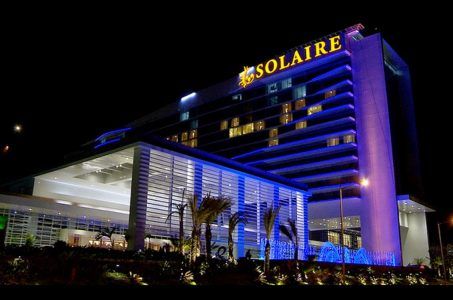

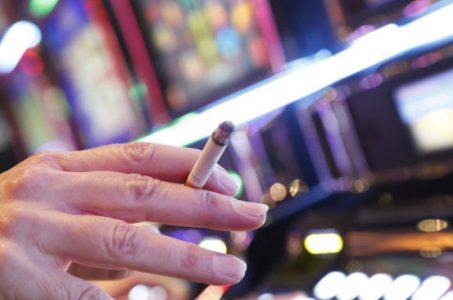





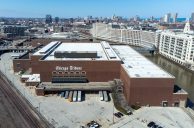




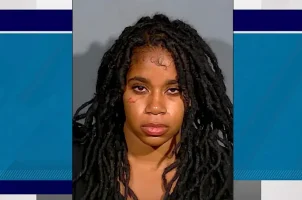
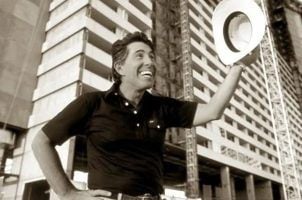
Last Comment ( 1 )
How does one get to be invited to events at Mob Museum? Membership? Where to I sign up?